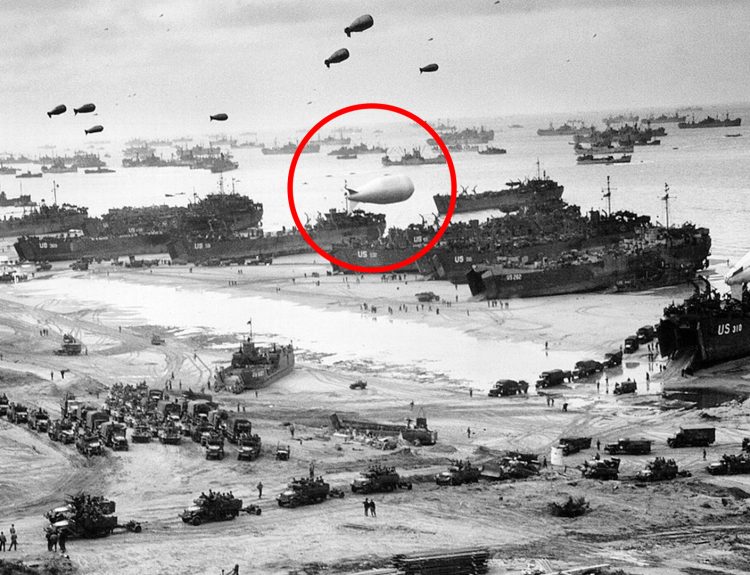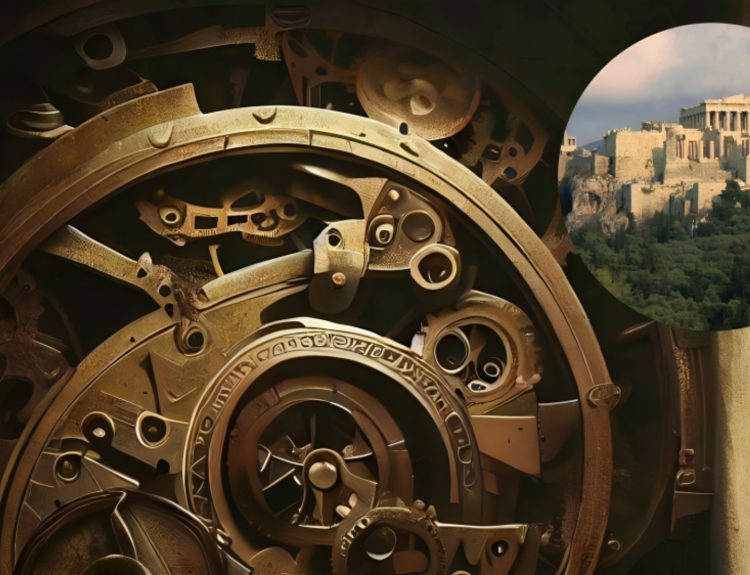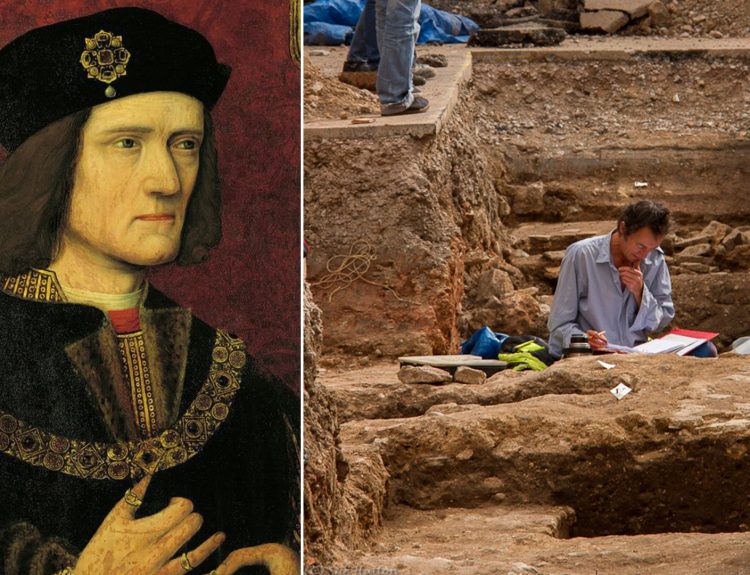We’ve heard of finder’s keepers, but in the case of something of archaeological significance, you might be willing to part with it. A diver discovered a cache of 30,000 or more 4th-century coins off the coast of Sardinia. Let’s explore this discovery a bit more and delve into what it means for science and history.
A Culturally Significant Find
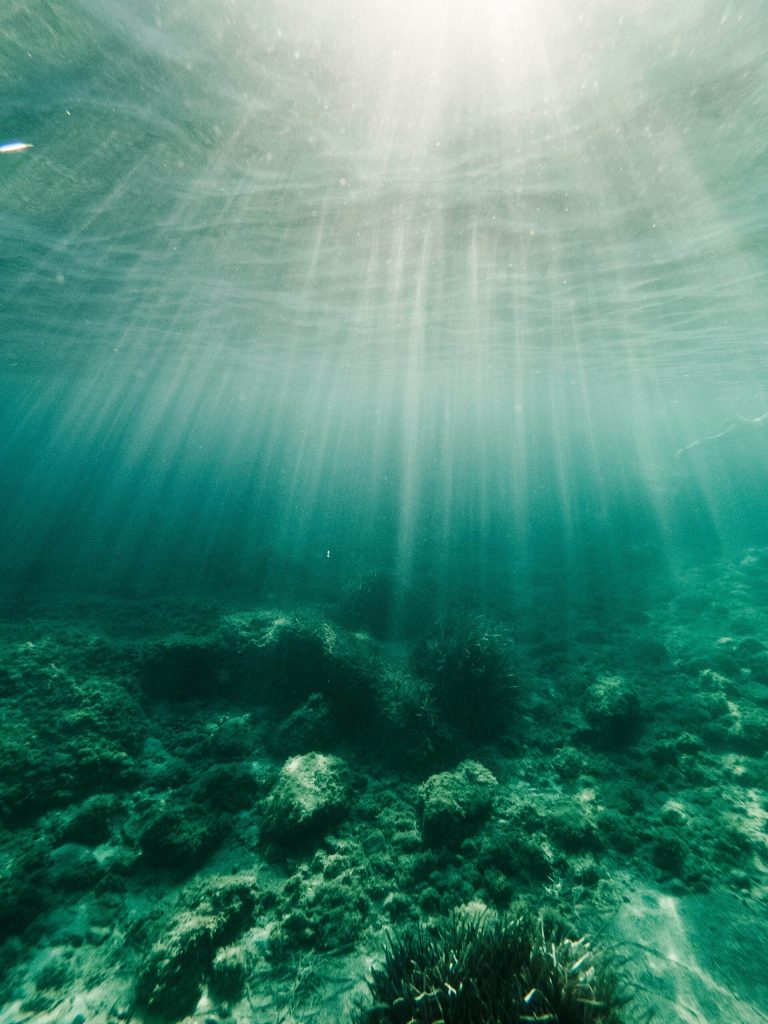
The treasure was found in the waters of Arzachena and constituted “one of the most important discoveries of numismatic finds in recent years,” according to Luigi La Rocca, director general of archaeology, fine arts, and landscape for the region. The coins were minted in Rome at the height of the empire.
Divers were clearing a bit of seabed in Arzachena when they stumbled upon a single coin. That one became two, then four. Before they knew it, they had an entire cache of ancient coins, all of them in a rare state of preservation. The coins date back to between 324 A.D. and 340 A.D.
The Worth of Roman Coinage
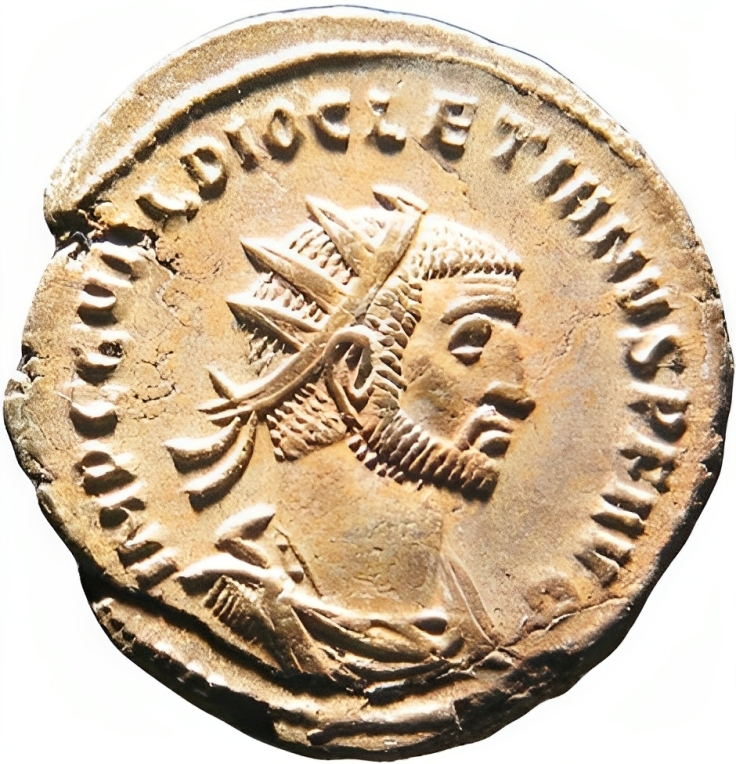
Roman coins were first produced for use in the empire in the 4th century B.C., but they were only minted in small amounts. Eventually, the currency was divided up into different denominations, such as sestertii or denarii, for smaller or larger sums.
Back then, the coinage of Rome was worth the amount of silver, copper, or gold contained in the coin. However, the Roman Empire was suffering from inflation towards the end of the Western Empire. Emperor Diocletian decided that monetary reform would be necessary for the empire’s survival.
How Do We Know How Old They Are?

Modern-day coins are usually stamped with their dates, letting us figure out how old a coin is. However, in the ancient world, the idea of date stamping on coins wasn’t in vogue. The consideration of the time was how much silver or copper the coin had, not how old it was. As such, ancient coins are usually difficult to date.
Luckily, Roman coins are much easier to determine how old they are, partially because of the vanity of their rulers. Most Roman coins have the image of the then-emperor embossed on them to show that the currency was backed by the power of Rome. These all had the face of Constantine the Great on them, suggesting their age.
How Did They Even Get There?

It’s not unheard of for people to choose to toss coins into the sea, but 30,000 of them seems to be a bit much. Scientists suggest that the size of the cache suggests that a Roman vessel may have sunk sometime in the past.
As of now, there are no reports of a shipwreck being found, but the possibility is good. However, based on the age of the wreck, there might not be a lot left to find. The coins, being metal, could withstand the ravages of time, but a wooden ship would have a much harder time doing so.
The Follis of Ancient Roman Coins
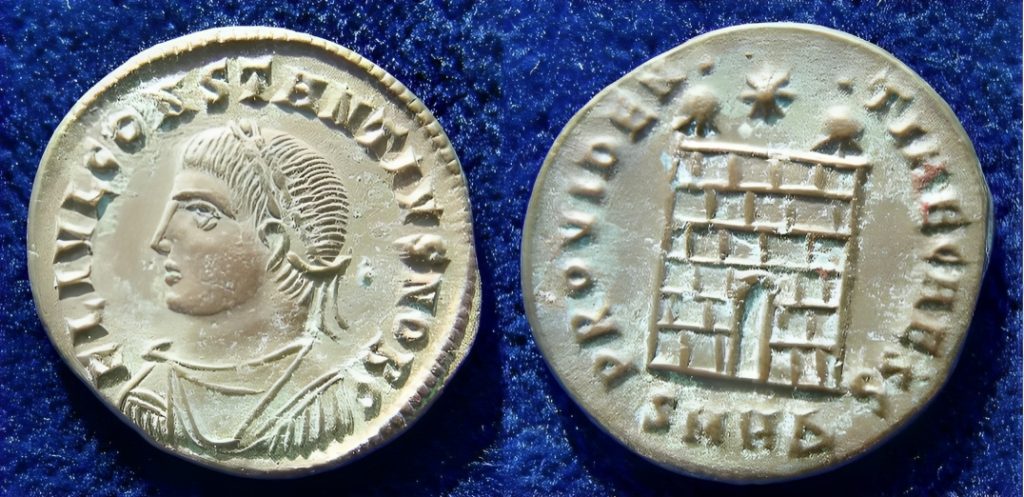
The coins that were found here are referred to as “follis” coins. It’s uncertain where the name actually comes from since follis could be used to refer to an ancient bag in Rome (or a bag carrying a certain volume of coins). Some scholars suggest that it refers to the thin layer of silver over the coin.
Follis coins were used throughout the Roman empire, and after its decline, the coins were adopted by the Byzantine (Eastern Roman) empire. Some records suggest the Umayyad and Abbasid caliphates issuing a “fals” coin, which follows the construction of the follis coins of Rome and Byzantium.
More Coins Than Meets The Eye
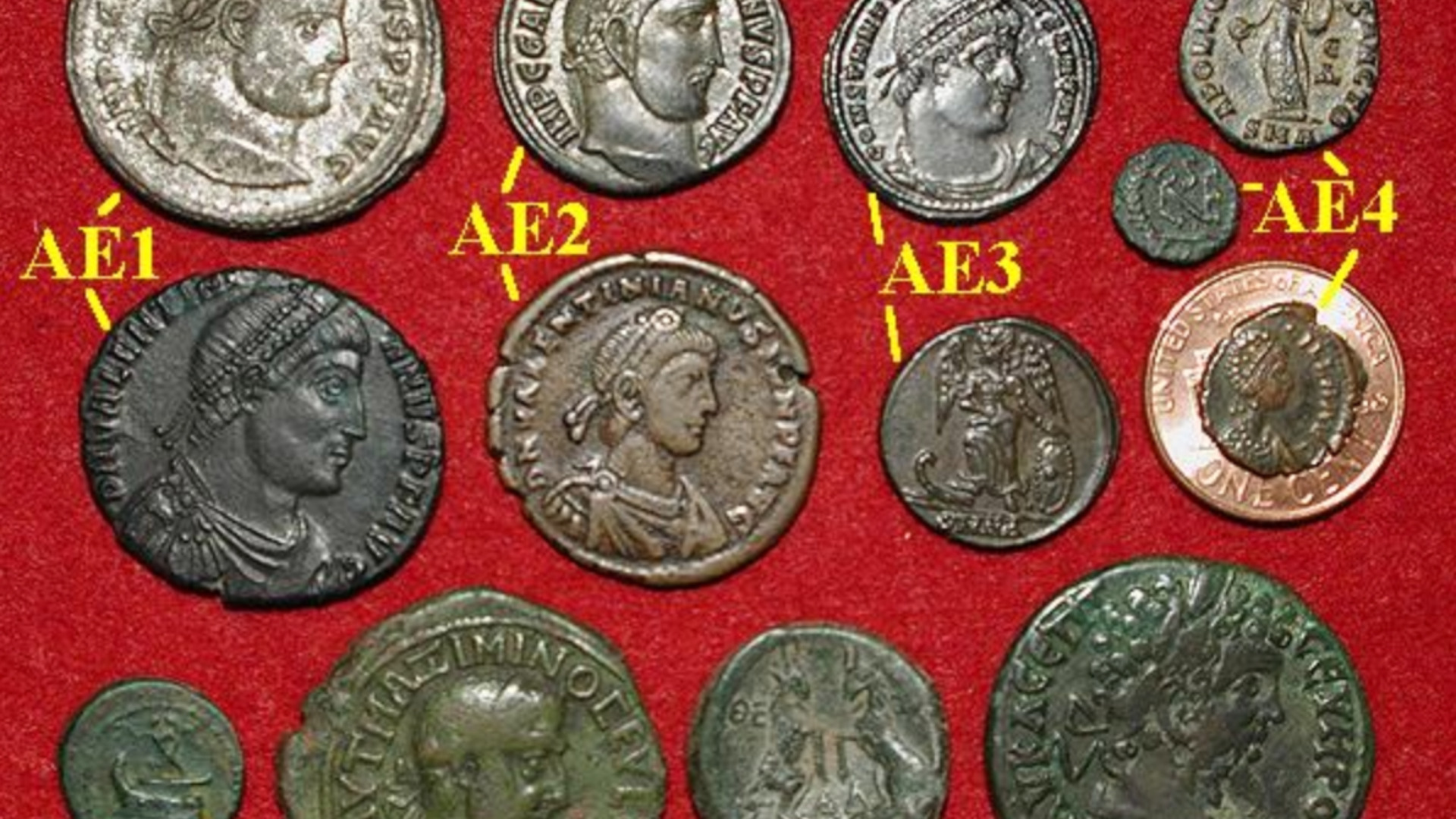
The divers who discovered the coins had a battle to recover them since the sea bad was rife with weeds that obscured their vision. Some videos of the dive record the divers using metal detectors, then picking the coins up gently and placing them in bright red bins which they would haul to the surface when full.
Roman coins have become quite sought-after by collectors because of their age and the amount of rare metals contained in them. Some of the rarer coins go for quite a large amount at auction. However, with this new supply, the prices may drop. Estimates put the amount between 30,000 and 50,000 coins.
Ancient Seaways Contain a Lot of Sunken Treasure
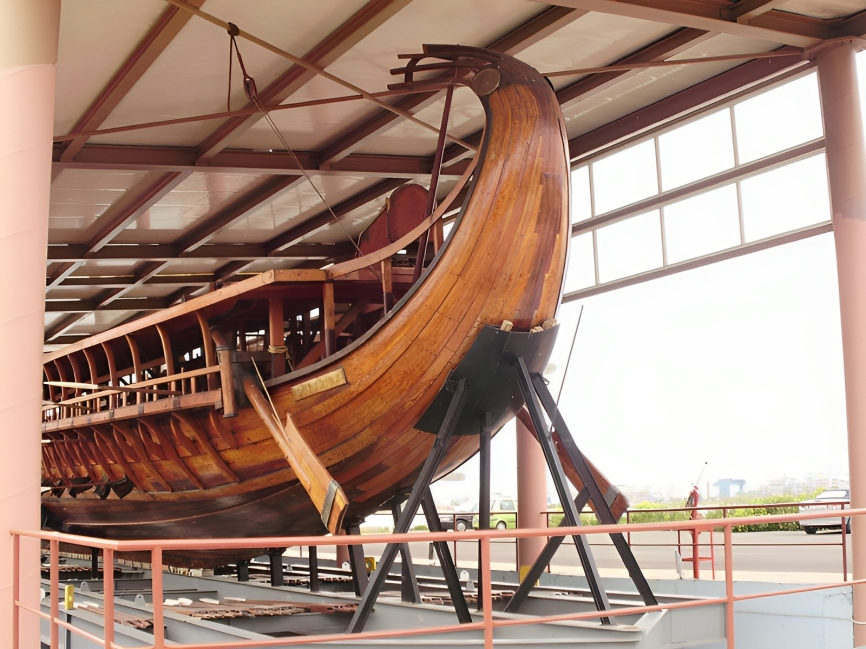
Italy’s Ministry of Culture notes that the waterways around the country are rife with sunken treasure since the area has been a trading route since the earliest of days. Amphorae found near the coins suggest that the ship these coins were on was coming from Greece.
The Roman Empire, at its height, extended all the way to the British Isles. The Romans conquered Greece in the 2nd century A.D. and used it as a base for Mediterranean trade. Ships would frequently move between Rome and the Greek islands, and this was probably a merchant ship taking goods or money between those two locations.
Multiple Finds In the Past
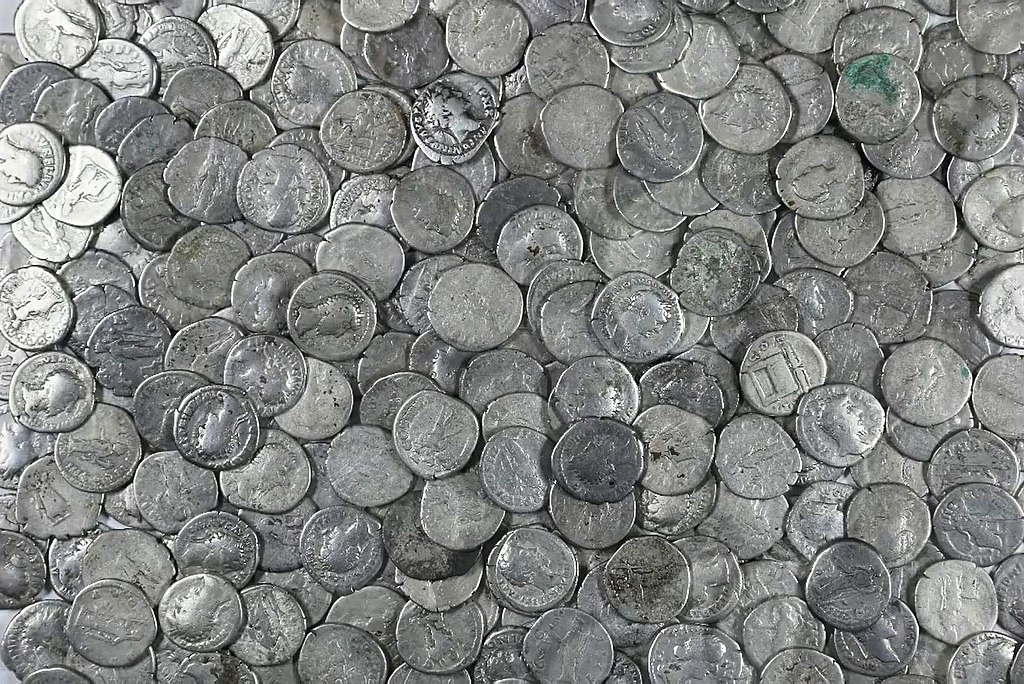
Because of the amount of Mediterranean traffic in the region, ships would occasionally sink and their treasure lost. In recent years, several sunken treasure troves have been located off the coast of Europe. However, finds of this type of coin have happened outside of the Mediterranean region as well.
In 2013, a builder in Devon, in England, uncovered a cache of some 22,000 follis coins in the countryside. According to the man who found it, he located a pair of coins on the ground and used his metal detector to get a read on the rest of the treasure.
What’s the Value Of These Coins Today?

The current price of Roman coins vary by the ruler on them and the amount of them at auction. While some lots may sell coins from this period for $19 to $25, the price is varied. A haul like this, assuming 30,000 coins could rake in as much as $622,000.
The price of these coins may be worth more than this expected value since they are so well-preserved. Additionally, Constantinian coins have a large availability on the market. Some auctions put the price of one of them at around $22 per coin.
The Sea Is Good for Coin Preservation

When a ship goes down in the ocean, depending on where it sinks and the metal the coins that sink are made of, preservation could be quite good. In fact, coins sunk at sea typically have a higher chance of being preserved than those dropped in a field. This stems from how these coins age.
Coins in the ocean aren’t exposed to direct sunlight meaning their coloration isn’t bleached. While they may be scratched because of sand abrasion, they also don’t rush since the air required for oxidation isn’t present in the ocean. Luckily, these coins weren’t anywhere that had acidic ocean water or runoff, so they are in pristine condition.
Why Do Coins Matter for Archaeology?

The study of ancient coins (termed Numismatics) provide a unique window into a civilization in the past. While we have many records about ancient Rome, there’s still a ton of things we don’t know. Coins give us insight into the history, economics, and belief system of the civilization from a new angle.
The metal used in coins tells us about the economics of the times. Rulers select metal for coins that are abundant enough to use in minting, yet scarce enough so that they still have value. The portraits of emperors on old coins give us a date to the coin, and tell us about the style choices made in its construction.
Cleaning Old Coins and Auctioning Them

There’s an unspoken rule in numismatics that you shouldn’t clean an old coin, since doing so may cause more damage to it. However, in the case of coins that are coated in grime like a few of those discovered here, wouldn’t it be better to clean them up a bit so they look more presentable?
Aside from affecting the value, some cleaning could tarnish the words or images on the coin. It’s a fine balance for a seller to walk when it comes to coins. Luckily, professional coin cleaning services can help by giving the coins some sprucing up without damaging them.
Coins Preserved for Future Generations

Already, as the discovery was underway, representatives from Italy’s art protection squad were on hand to start collecting and cataloguing the find. These coins will likely be distributed among museums as a reminder of the past of the country. Safeguarding these artifacts makes them something that future generations can enjoy.
Preservation of these coins will fall to experts in the field. They will be stored in chambers with controlled heat, humidity, and temperature. Professional cleaning will probably be done to them beforehand as well so that the best representation of the coins will be on display.
What About the Initial Finders?

In many cases where regular people locate ancient coins, they’re allowed to hold onto the find and maybe even sell it. Specific ancient coin finds in England have led to a lot of people picking up metal detecting for fun, in hopes of unearthing an archaeological treasure trove.
In some cases, like this one, the government may get involved and offer the finders a fee and their name immortalized as the people who discovered the cache. For this find, this may be the best that the fishermen who found it will get, especially since they need help to recover the entire cache.
What Does This Mean For Us?

This significant find means that we’ll have more Roman coins from the time of Constantine the Great in museums. Chances are these coins in their entirety won’t make it onto the market, but a few might. They might be included as a reward to the fishermen who located the massive find.
It also points to another mystery we should solve that could lead us to even more treasure. Scientists believe that there’s a shipwreck in the area that’s responsible for the treasure cache. The next step would be to find where that shipwreck is and see if there are any more goodies for archaeologists to decipher.




